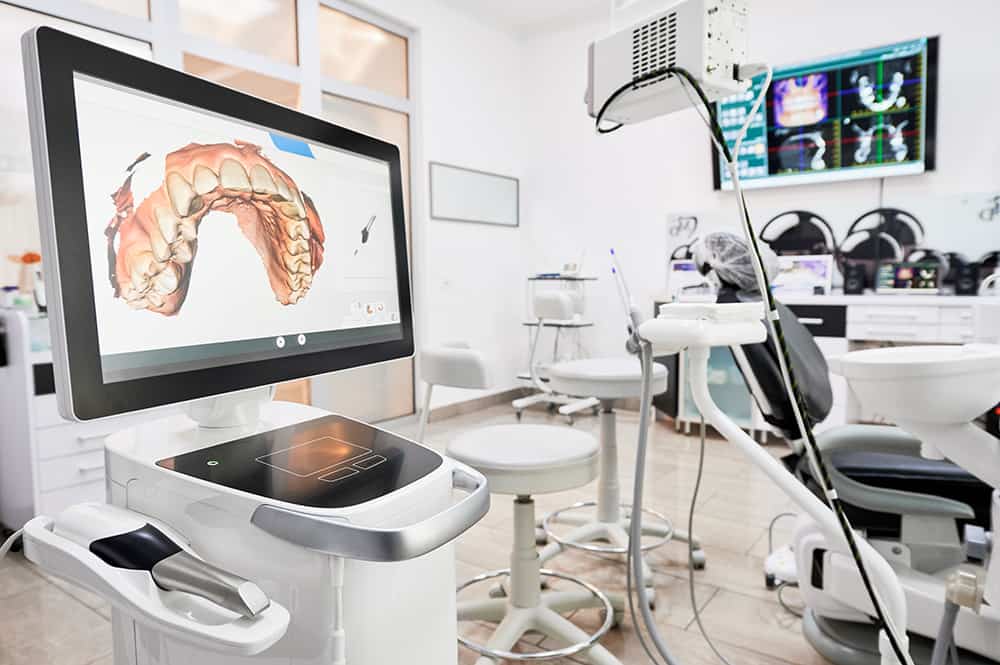
The Transition to Digital Dentistry – Part 1
When dentists are considering the purchase of a new digital technology for implementation in their clinical practice, they usually have three primary considerations:
- Will it increase accuracy?
- Will it increase consistency?
- Is it possible to increase efficiency without sacrificing quality?
Often the cost is a major consideration, and I will come back to the question of cost later in this two-part series.
Twenty years ago, with first-generation CEREC, the results were not close to what we could do in the analog world. But I jumped into using chairside CAD/CAM because, at the time, I was teaching with Dr. Peter Dawson and many doctors were buying the technology. We needed to be able to talk about how it fit with complete-care dentistry.
It was a difficult time because while we could do crowns (usually one or two at a time) in maximum intercuspation or on equilibrated patients in CR, the software was not sophisticated enough to do any kind of case planning. It did, however, provide me with the first glimpse at scanning and 3D digital technology, and I became excited about the possibilities. I started to think about the ability to scan mouths for diagnostic purposes and to do waxups. Virtual articulation was not there, and we didn’t have 3D printing to print our “outputs” so I continued to wait.
As recently as four years ago, my son would spend a day mounting stone models for me. Today, he has digital models mounted on a virtual articulator before the patient leaves their appointment. Digital and AI software platforms are evolving quickly. They enable more dentists and lab technicians to visualize optimal dentistry and design occlusions and beautiful smiles easily. For implant dentistry and orthodontics, these digital and AI software platforms remove obstacles and inaccuracies.
The ability to “stack” data sets on top of one another (pre-op model, waxup, CBCT, Face Scans, photos) allows us to see things in ways I could have never imagined. The things I dreamed about 15 years ago are here now and evolving at warp speed. I honestly don’t remember a time when I was more excited about day-to-day dentistry. A special shout out to Lee Culp (Sculpture Studios), who introduced me to these workflows, and continues to lead dentistry into the digital era.
In the digital world, we can make digital impressions, face-bows, and waxups to see if we need to equilibrate, orthodontically move teeth, or change the shape/contour of the teeth. Technology allows us an efficient, accurate workflow. An experienced digital team can mount models and a virtual articulator, in CR, in 10-15 minutes. The ability to scan in CR, MI, or any treatment position can be accomplished with ease. Trial equilibrations or diagnostic designs (waxups) also can be accomplished far more rapidly, with beautiful results.
As digital workflows take hold in mainstream dentistry, one of the great challenges we face is how the next generations of dentists will learn. In treatment planning, I have the benefit of having 30-plus years of experience working in analog. I have solidified the concepts of centric relation, anterior guidance, posterior disclusion, crossover, envelope of function, incisal edge position, and all the things that go along with visualizing optimum care for your patent. This knowledge was my foundation for determining if these technologies had evolved enough to make the shift to the digital realm.







